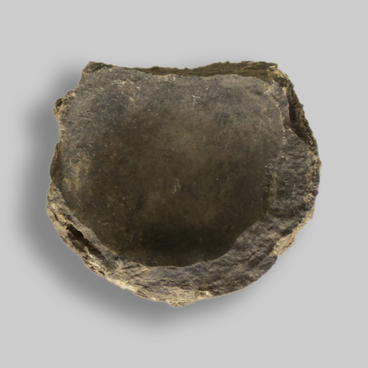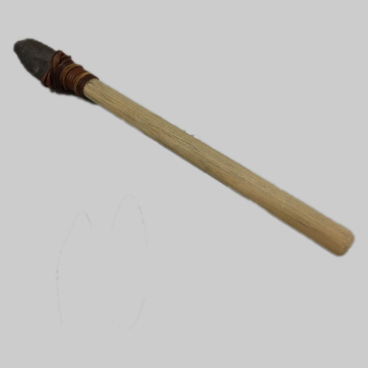In the Bronze Age, several tribal groups which significantly differed from each other in culture and origin, lived in the territory of the South Urals and specifically in the territory of Bashkortostan. The largest of the groups consisted of the tribes that are known under the code name ‘Andronovtsy’ after the name of the burial ground near the village of Andronovo near Achinsk, where the first burials were discovered in 1914.
In the east, the Andronovo culture spread to the Minusinsk basin. In the south, some material artifacts were found in the region of the Kopetdag mountain systems in Turkmenistan, the Pamirs in Tajikistan and the Tien Shan in Kyrgyzstan. The northern border of the Andronovo culture spread coincides with the border of the taiga. The western neighbors of the Andronovites in the Southern Urals were the tribes, conventionally called log cabiners due to their method of burial. These tribes buried their dead tribesmen in wooden log cabins, lowered into a grave pit. The log cabiners, like the Andronovites, in the Bronze Age made up a large array of tribes related in origin and culture and occupied the territory from the Urals to the Dnieper.
In the east, the Andronovo culture spread to the Minusinsk basin. In the south, some material artifacts were found in the region of the Kopetdag mountain systems in Turkmenistan, the Pamirs in Tajikistan and the Tien Shan in Kyrgyzstan. The northern border of the Andronovo culture spread coincides with the border of the taiga. The western neighbors of the Andronovites in the Southern Urals were the tribes, conventionally called log cabiners due to their method of burial. These tribes buried their dead tribesmen in wooden log cabins, lowered into a grave pit. The log cabiners, like the Andronovites, in the Bronze Age made up a large array of tribes related in origin and culture and occupied the territory from the Urals to the Dnieper.
They were mainly engaged in cattle breeding and agriculture. Numerous kurgans (burial mounds) of the timber tribes are known to be in the western areas of Bashkiria. Over the past 5-2 years, they have been studied near the villages of Imenlekulovo, Verkhne-Atashevo, Novo-Baltachevo in the Chekmagushevskiy district and near the town of Davlekanovo. Similar kurgans were found near the village of Meleuz-Tamak, Miyakinskiy district, in Tuymazinskiy, Bakalinskiy and a number of other districts in Bashkiria. Some of them were discovered by accident during excavation work, and were reported by local residents.
Davlekanovskiy burial ground dates back to the 3rd quarter of the 2nd millennium BC. It is located on the north-eastern outskirts of the city of Davlekanovo. It consists of 6 kurgans with earthen embankments; under each of the two studied kurgans, 2 burials were found. Of these, 3 burials belong to the log cabin culture, since the deceased were buried in rectangular burial pits lined with wood covered with birch bark or on a bedding made from it. One burial belongs to the Andronov cultural and historical community.
Davlekanovskiy burial ground dates back to the 3rd quarter of the 2nd millennium BC. It is located on the north-eastern outskirts of the city of Davlekanovo. It consists of 6 kurgans with earthen embankments; under each of the two studied kurgans, 2 burials were found. Of these, 3 burials belong to the log cabin culture, since the deceased were buried in rectangular burial pits lined with wood covered with birch bark or on a bedding made from it. One burial belongs to the Andronov cultural and historical community.
Archaeologists have discovered ceramics: represented by a dish and ornamented and non-ornamented jar forms. Dice were also found.
Anthropological reconstruction from the Andronovo burial was carried out by the Soviet anthropologist Mikhail Gerasimov according to the original method of restoring the external appearance of a person on the basis of skeletal remains. The reconstruction was restored from tinted plaster in the 2000s by anthropologist Alexei Nechvaloda.
Anthropological reconstruction from the Andronovo burial was carried out by the Soviet anthropologist Mikhail Gerasimov according to the original method of restoring the external appearance of a person on the basis of skeletal remains. The reconstruction was restored from tinted plaster in the 2000s by anthropologist Alexei Nechvaloda.



